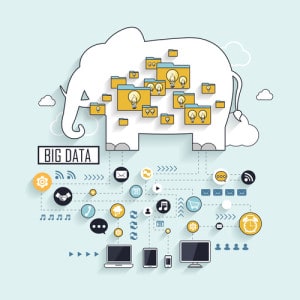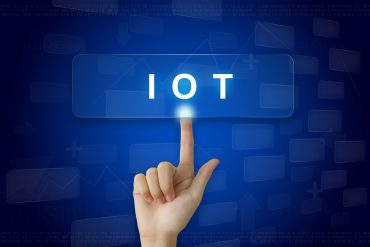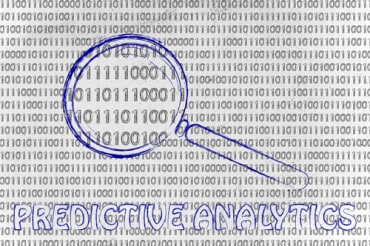
IoT use cases include everything from power production to predictive maintenance, healthcare, and supply chain management.
Perceptions of IoT are comparable to the parable of the blind men and the elephant. As the story goes, each man laid hands on different parts of the same elephant, coming to different conclusions on what exactly the beast is. The man feeling the trunk thought the elephant resembled a tree, the one feeling the ear thought the elephant resembled a giant fan, the one feeling the belly said the elephant resembled a wall.
So it goes with IoT use cases—depending on what industry you’re in, the beast can be many different shapes and sizes. In a recent report written by a team of Sogeti analysts, led by Philippe Ravix and Andreas Sjöström, the various shapes and sizes of IoT are explored – from the Philips Sonicare toothbrush, which represents “the consumer end of the sensor connected world we live in,” to “GE’s talking turbines at the industrial end of the spectrum.” Then there’s everything in between.
Ravix and his team indicate there is a common denominator in IoT use cases. Every organization needs to approach IoT through a “Connect-Talk-Think-Act” paradigm: “Every major progress comes at a cost and the IoT is no exception,” they write. “Learning by doing, we experience today what it means to connect objects, machines, devices, components and people; what these actors should talk about; how we can let them think with us and among themselves; and what Actions we consider necessary and desirable in specific business contexts.”
The Sogeti analysts identify a range of application areas in which their teams work with clients, employing IoT and real-time technologies:
Pipeline monitoring: “Monitor and protect pipelines from external aggressions, and ensure the integrity of pipelines by providing appropriate protection to the environment.”
Condition monitoring: “Diversify pipeline monitoring models in order to reduce the costs of aerial surveillance, reduce the environmental footprint of surveillance, improve the quality of supervision, and develop new usage.
Health monitoring: Within a large university hospital, “automate the testing of the fragile state of the elderly, and reduce the cost of medical personnel. The solution uses smart sensors to measure walking speed, grip strength, recovery time, weight change, and cognitive abilities. The data is analyzed and used to generate diagnoses.” (See our white paper which discusses these use case at length in “Frontiers in Artificial Intelligence for the IoT.”)
Consumer and home smart infrastructure security and surveillance: Monitoring data feeds from a range of devices and systems.
Route optimization: “A big advertising company services billboards. Advertisements must be replaced on a regular basis. Their technicians maintain and update posters and panels. Optimize the route and serve advertisers in a cost-effective way.”
Web of objects: “The purpose of this Sogeti project is to provide a framework to simplify the deployment, commissioning, maintenance, life and composition of services for connected objects and applications, e.g. smart buildings and homes, connected cars.”
Transportation system oversight: For an organization “that operates the underground transportation in one of the capital cities of the world is deploying systems to automate certain lines and improve the overall functioning. Analyze feedback on specific incidents, to identify causes and effects of problems, to implement fast analysis, to report on the operation of the systems, and to anticipate problems through predictive analytics.”
Testing aerospace materials: Large aerospace company “working on the development of tools and methods to improve the analyses of test-flight data.” Create “acoustic and vibration tests and analyses by setting up a machine learning system to analyze acoustic signature, using pre-processing algorithms to analyze acoustic signals and interpret the vibration while reducing analysis time by 40%.”
Other areas the Sogeti analysts spoke about, and which we’ve covered, include predictive maintenance, supply-chain management, and energy production.
Want more? Check out our most-read content:
Frontiers in Artificial Intelligence for the IoT: White Paper
Beyond Sensors: IBM on Use Cases for Real-Time Data
Why Data Integration Needs to Evolve for the IoT
Real-Time Traffic Management With Road Signs
Liked this article? Share it with your colleagues!






























